Fishing, Hunting, & Trapping
The Basic Snare: Trap For Your Life (Part 2)

Master the basic snare trick so you can trap more than just squirrels and be a survival expert, too!
A Basic Snare Guide with Trapping Tips and Techniques
The Squirrel Snare: Trap for Your Life (Part 1)
In the previous article of our Trap for Your Life series, we talked about having a survival kit with you at all times. We also talked about how to construct a snare designed for trapping squirrels only.
Unfortunately, we cannot survive on squirrels for long. You need sufficient nutrients to match your physical needs by a variety of food source.
Eventually, you’ll need to create a snare designed to trap more than just squirrels. Making an animal snare, especially the basic ones are simple enough, but making them work will be the tricky part.
Learn different survival hunting traps, and make sure a basic snare is on your to-do list!
Basic Snare Tips and Techniques
Trapping with snares look easy on paper and TV shows, but most often, a trap you set up will go for days without catching any.
So where do you think it’s going wrong? A good answer or question, rather, is where do you position an effective animal trap?
Here are some tips you should consider as to where to place a trap:
1. By a Hole
Most small games live underground and dig holes or burrows. It isn’t difficult to spot holes but sometimes, they aren’t in abundance.
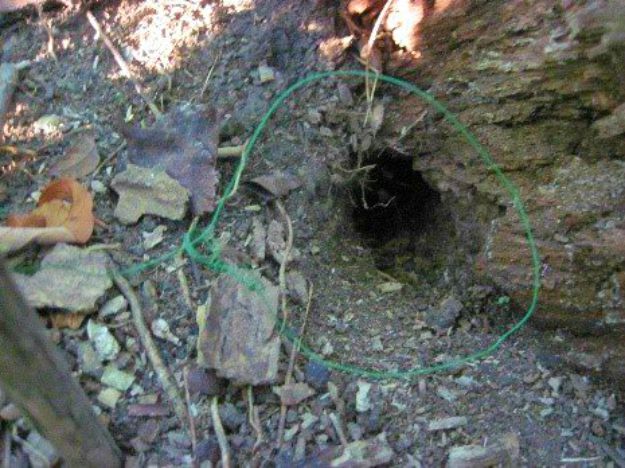
If you see a chipmunk or rabbits come out of nowhere, it most likely came out of a hole. That might be a good spot for a snare and with your bait, you have that in the bag now.
2. Animal Dung
Most games, both big and small, rely on their sense of smell to spot danger. Since you are technically a predator, they’ve somewhat become familiar with your scent.
That is why one of the most effective animal deterrents is the human scent to suggest your presence.
Our goal here is to invite animals and not scare them away. So when you are setting traps, it’s important to mask your presence. Animal dung is the best way to do this and so the best place to set traps.
When you find scat, it might mean an animal travels through that area. So, it might be a good spot to set your snare near or over it.
3. Animal Footprints
Now, we all have seen footprints in the snow before, but do you know what kind of animal it is? Searching on the internet for different animal footprints will be helpful.
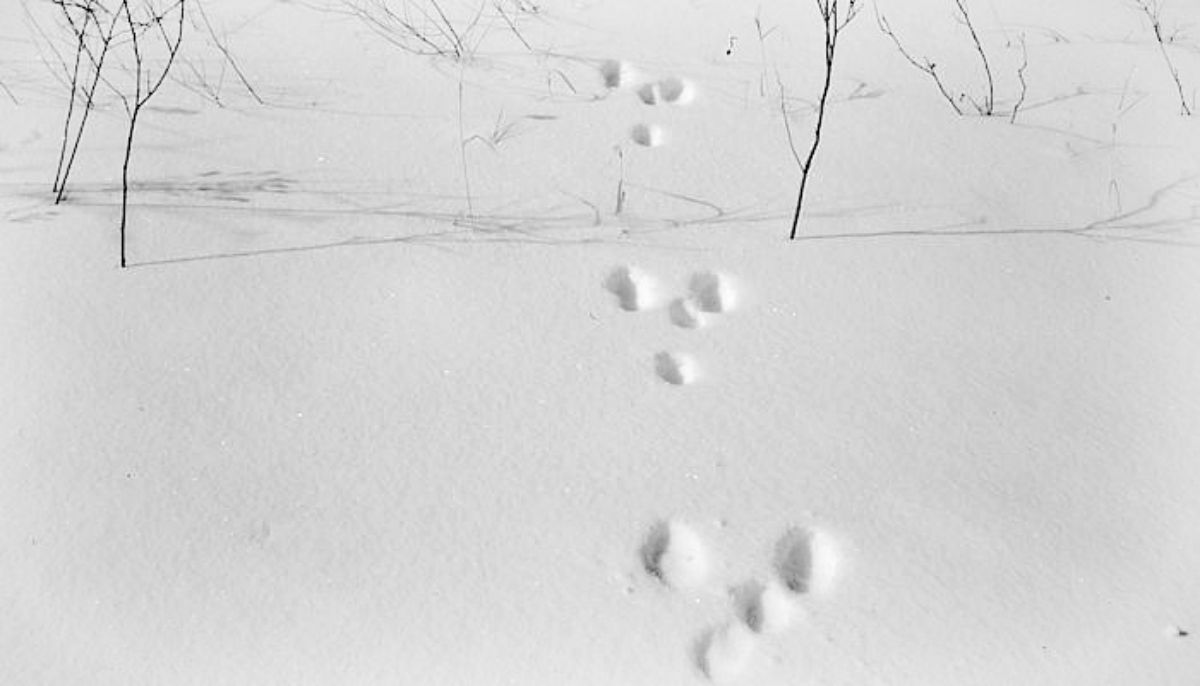
Set a snare where the footprints are because that is your sign of an actual food source. This will then make your success rate much higher.
4. Where the Acorns Are
Look for white and red oak trees.
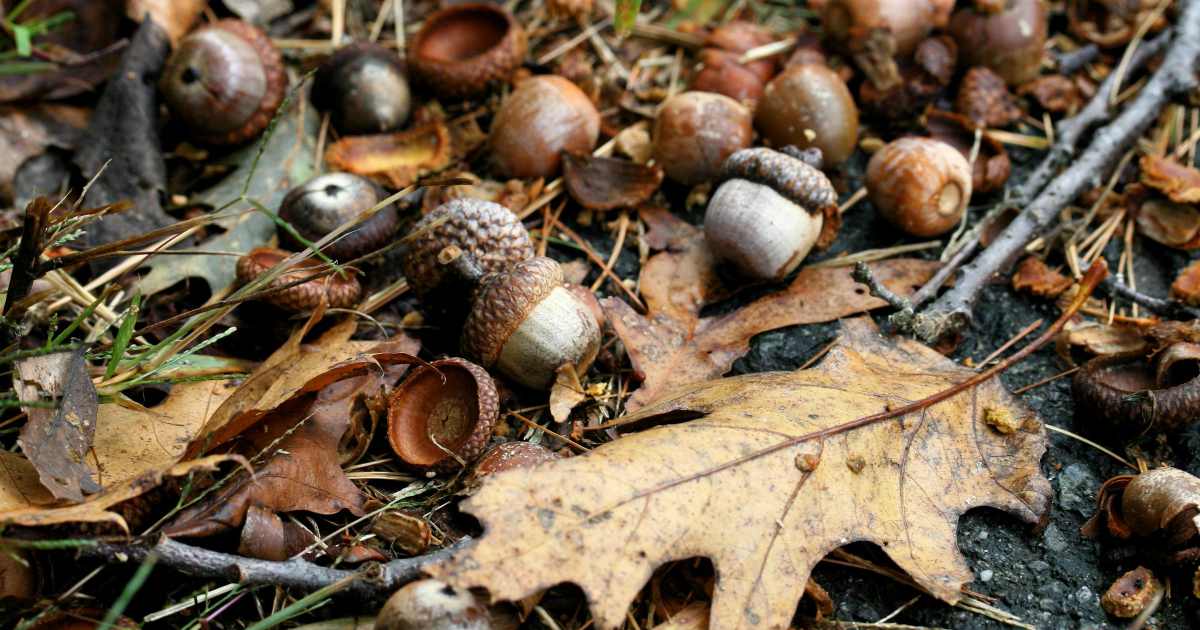
They most likely have acorns, meaning squirrels and chipmunks will feast on them, so it might also be a good place to set your trap.
5. Trampled Grass
You might see grass in a park or in your yard all trampled (bent over) down. It is like that because something travels over it often. It is called a game trail or path.
If it is not very wide of a path, squirrels, chipmunks, or rabbits most likely travel that way, making it a great place to set snares.
Now that we got that covered, we need to talk about constructing your small animal snare.
RELATED: 4 Tips To Become A Better Trapper | Learning Trapping Basics
How to Make Snares
What You’ll Need:
- Pliers
- 24 gauge wire
- A pencil
- A strong stick
Note: There are laws regarding hunting and trapping so check with your local laws first if you plan to.
Step 1: Set Up Your Pencil Trigger
First, using your pliers, cut about 15 to 20 inches of wire. Next, grab your pencil and the wire.
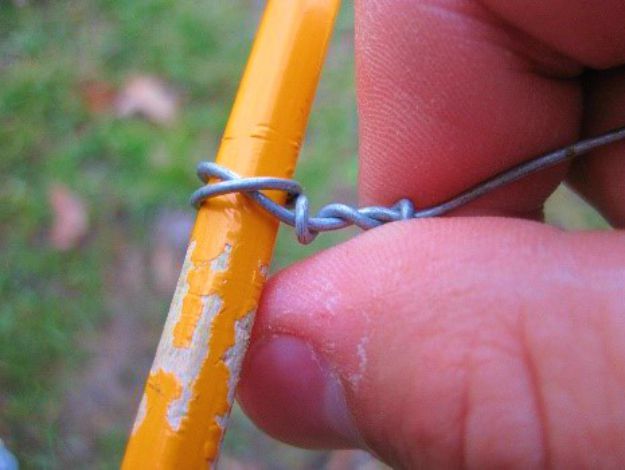
Loop the wire around the pencil twice. Twisty tie the loop by rotating the pencil around, then pull the pencil out.
Step 2: Wire Loop
Put the other end of the wire through the loop.
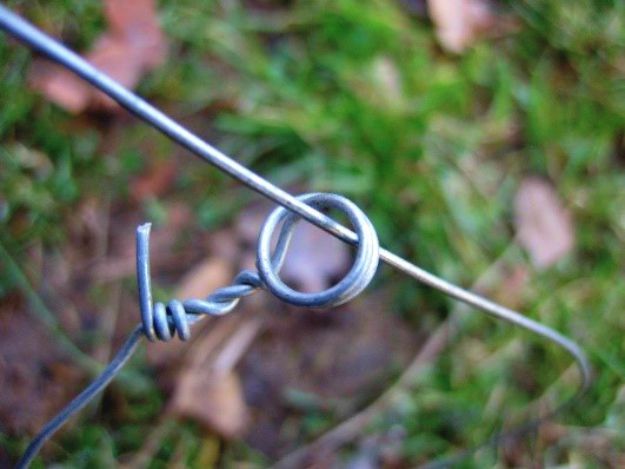
For squirrels, make that loop 2 ½ inches in diameter (which is the size of your fist), rabbits at 4 inches, and groundhogs and opossums at 5 inches.
Step 3: Through the Loop
Grab your stick and attach the snare onto it by wrapping the extra length of the wire to the stick.
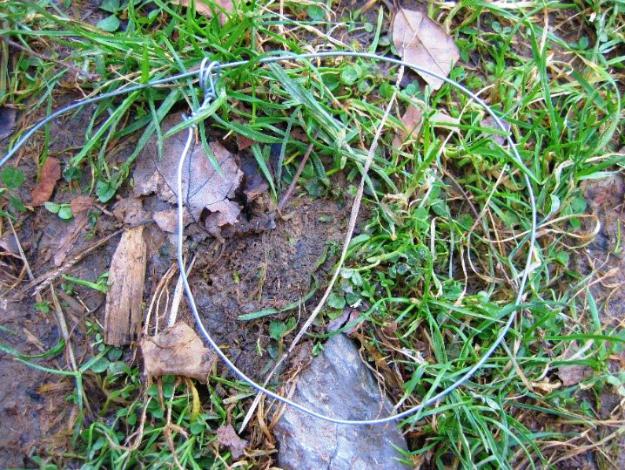
Then twisty tie the rest back around it. Carving a groove, with a knife, in the stick is ideal so your snare stays in place.
Step 4: Trigger Mechanism
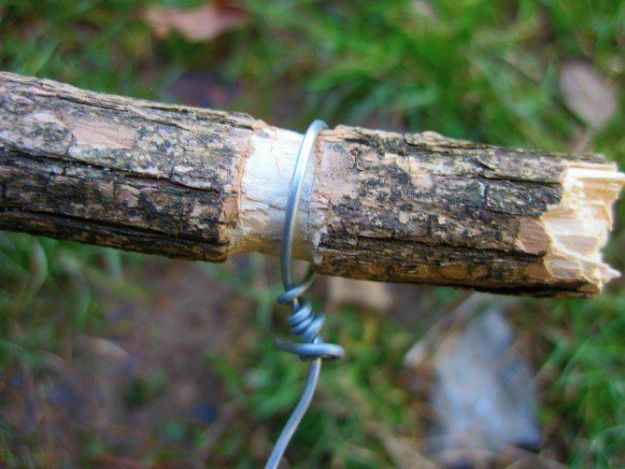
Stake your snare in the ground of the desired location. Make sure your snare is sitting up correctly.
Step 5: Test Your Snare
Now you need to test the snare and see how and if it works at all. Make your hand as if you are putting on a mitten and slide your hand through the snare.
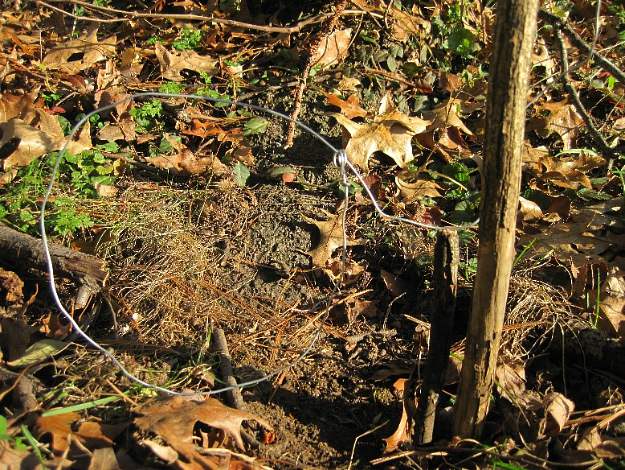
Your thumb should be pointing down and the snare should tighten around your hand.
Watch this video from Management Advantage for more snare ideas and animal trapping techniques:
Hopefully, this good ol’ snare will trap for your life correctly. I have trapped several animals with this snare and I know you can, too! Never stop…no matter how hard it gets…keep trapping for your dear life!
Have you tried to set up an animal trap lately? How did it go? Share your experience with us in the comments section below!
Up Next: The Trigger Snare: Trap For Your Life (Part 3)
For awesome survival gear you can’t make at home, check out the Survival Life Store!
Follow us on Facebook, Instagram, and Pinterest!
**Disclaimer: All content on this site is for informational purposes only. Please read our full disclaimer here**
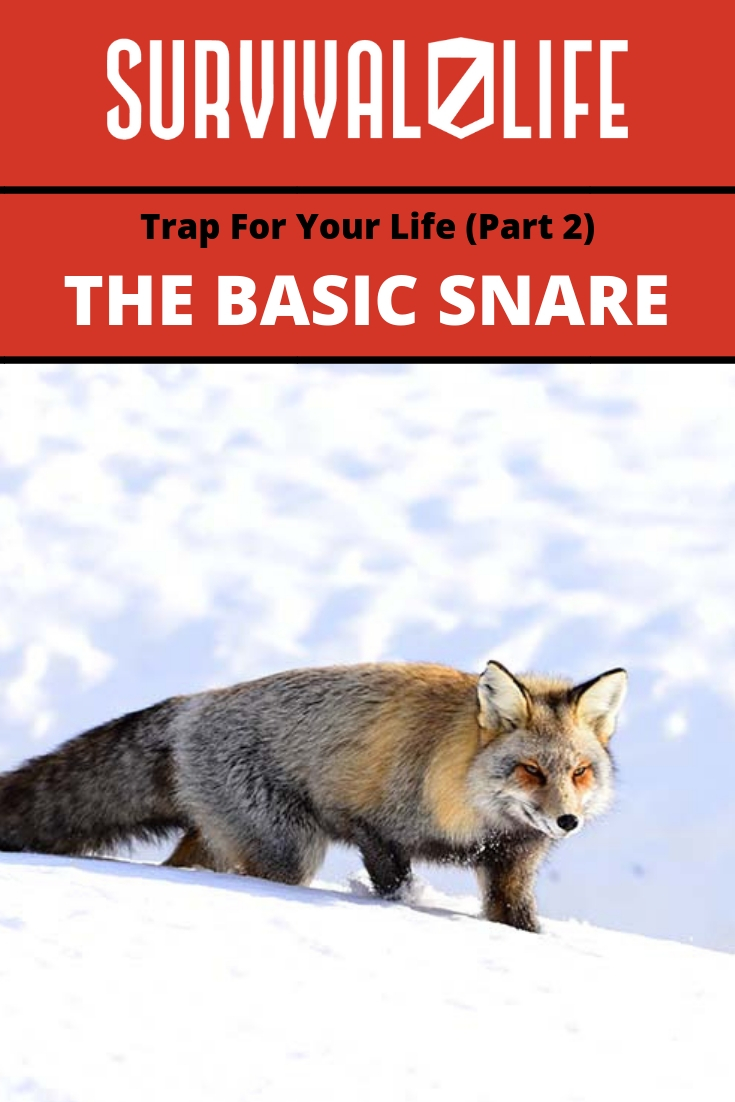
Editor’s Note: This post was originally published on March 15, 2016, and has been updated for quality and relevancy.
-

 Do It Yourself7 months ago
Do It Yourself7 months agoParacord Projects | 36 Cool Paracord Ideas For Your Paracord Survival Projects
-

 Do It Yourself9 months ago
Do It Yourself9 months agoHow To Make Paracord Survival Bracelets | DIY Survival Prepping
-

 Do It Yourself9 months ago
Do It Yourself9 months ago21 Home Remedies For Toothache Pain Relief
-

 Do It Yourself10 months ago
Do It Yourself10 months agoSurvival DIY: How To Melt Aluminum Cans For Casting
-

 Exports8 months ago
Exports8 months agoAre Switchblades Legal? Knife Laws By State








Pingback: Trap for Your Life Part 5: The Lift Pole Snare | SL
Pingback: Trap For Your Life (Part 3) | Survival Life
Pingback: Sneaky Survival Snare Traps To Keep You Alive | Survival Life
Pingback: Trap for Your Life | SL
Pingback: The Pencil Snare: Trap For Your Life (Part 7) - Survive!
Pingback: The Pencil Snare: Trap For Your Life (Part 7) | survivalisthandbook.com
Pingback: The Pencil Snare: Trap For Your Life (Part 7) | Survival Life
Pingback: The Basic Snare: Trap For Your Life (Part 2) | Primitive technology
Pingback: The Basic Snare: Trap For Your Life (Part 2) – Ultimate Survival Alerts
Pingback: The Basic Snare: Trap For Your Life (Part 2) - Survival Patch
Pingback: Squirrel Snare | How to Make a Snare Trap Step By Step - Primal Survival